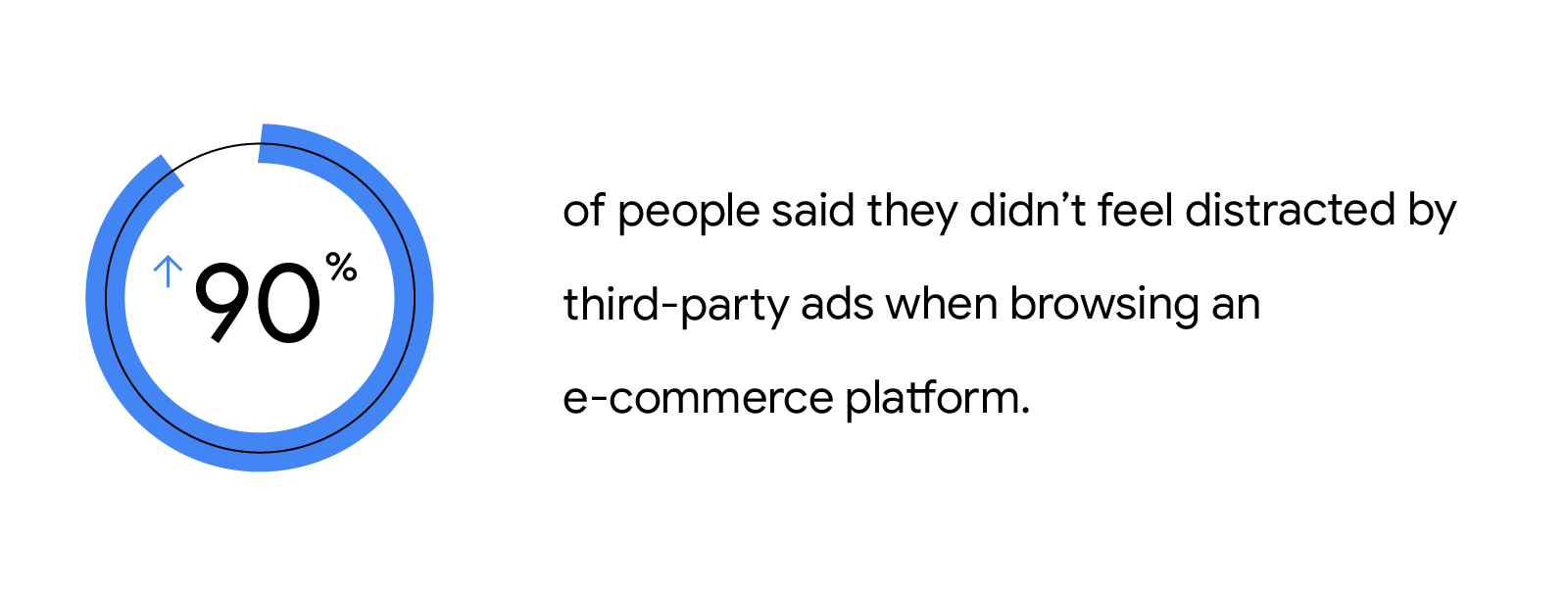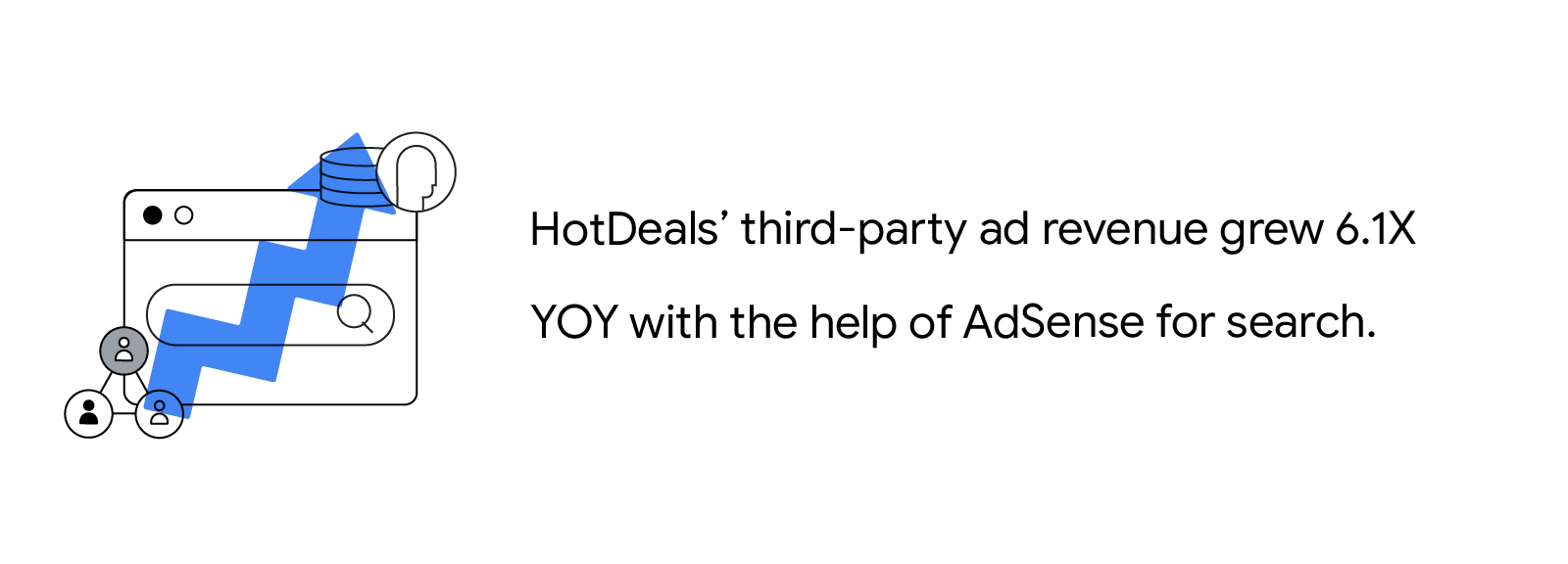The potential for e-commerce brands to bring in revenue by selling ad space on their sites or apps to third-party advertisers is often overlooked because these brands primarily generate income via online transactions. Websites and apps for news, media, and gaming companies, however, have leaned into such third-party ads and turned them into a positive customer experience and source of revenue. Their success indicates that e-commerce sites which are slow to adopt third-party ads are missing out on an opportunity to grow revenue and connect with shoppers.
A common reason we hear from APAC’s e-commerce brands about why they hesitate to run third-party ads is that they believe these ads will undermine their core business. They assume these ads will clutter the user interface, distract users from browsing or making a purchase, and push users to leave their shopping site, thereby cannibalising potential sales. Our latest research shows, however, that this is a misconception which results in missed opportunities for e-commerce brands to generate revenue.
The truth about third-party ads and the online shopping experience
We commissioned Kantar to research how third-party ads impact the e-commerce customer experience and how e-commerce brands in APAC can better serve people in the key export markets of Brazil and the U.S. The study also examined the growth that potential e-commerce sites miss out on when they don’t host third-party ads.
E-commerce sites leave money on the table by not monetising shoppers’ non-transactional visits.
People visit different online shopping sites multiple times before making a purchase, so a shopping platform with third-party ads can monetise traffic that doesn’t convert to purchases. The value of such visits can be considerable since 93% of online shoppers visit two or more shopping websites before making a purchase, and 91% visit a shopping website more than twice before checking out their online cart.1 By not monetising these non-transactional visits through third-party ads, e-commerce sites are leaving money on the table.
Importantly, Kantar’s study shows that third-party ads don’t distract online shoppers from their purchase journey or cannibalise conversion on e-commerce sites. The research, which compared people who were exposed to third-party ads on an e-commerce site with those in a control group, showed that user behaviour on the site remains the same, regardless of whether the site had ads or not.
The exposed and control groups spent similar amounts of time browsing the home and product pages, and there was also no significant difference between both groups when it came to adding products to their shopping cart. This shows that the presence or absence of third-party ads doesn’t directly affect online shopping behaviour or the opportunity for a business to make a sale.2

The research also found that third-party ads don’t hinder the shopper’s experience or harm their relationship with e-commerce brands. Over 90% of people said they didn’t feel there were too many ads to distract them from browsing, and 85% of shoppers who did recall seeing ads said the ads didn’t create a negative shopping experience.3
In fact, online shoppers generally have a positive perception of third-party ads if the ads are relevant, informative, and interesting. Fifty-eight percent of them said they would click on an ad if it featured a product they were interested in, while 50% said they would click on it if it contained an attractive promotion or offer.4 This points to an opportunity for brands to earn incremental revenue while enhancing the online experience of users by serving relevant third-party ads.
Using third-party ads to unlock value for e-commerce sites
E-commerce sites with third-party ads have seen how these ads contribute to incremental business growth and elevate the customer experience at the same time. APAC-based coupon website HotDeals, for example, sold its ad space to diversify revenue and generated a 6.1X year-over-year increase in additional ad revenue for the brand.

It experimented with interest-driven display ads using AdSense for content and search ads using AdSense for search. This enabled it to serve users the most relevant ads when they are actively searching for a product. For example, when users search for computer-related coupons, they would see computer-related search ads that might interest them. By testing different ad formats, HotDeals significantly increased its third-party ad revenue, with its AdSense for search revenue exceeding that of AdSense for content by 90%.
Third-party ads can be a rich revenue source for e-commerce sites. Early adopters have seen how ad monetisation helped grow their businesses and enhanced customers’ online shopping experiences. More e-commerce brands can walk the same path of success by seamlessly integrating third-party ads into their sites through testing and learning.
To learn more about unlocking the full value of your e-commerce business with third-party ads, register for a deep dive into our industry insights.








